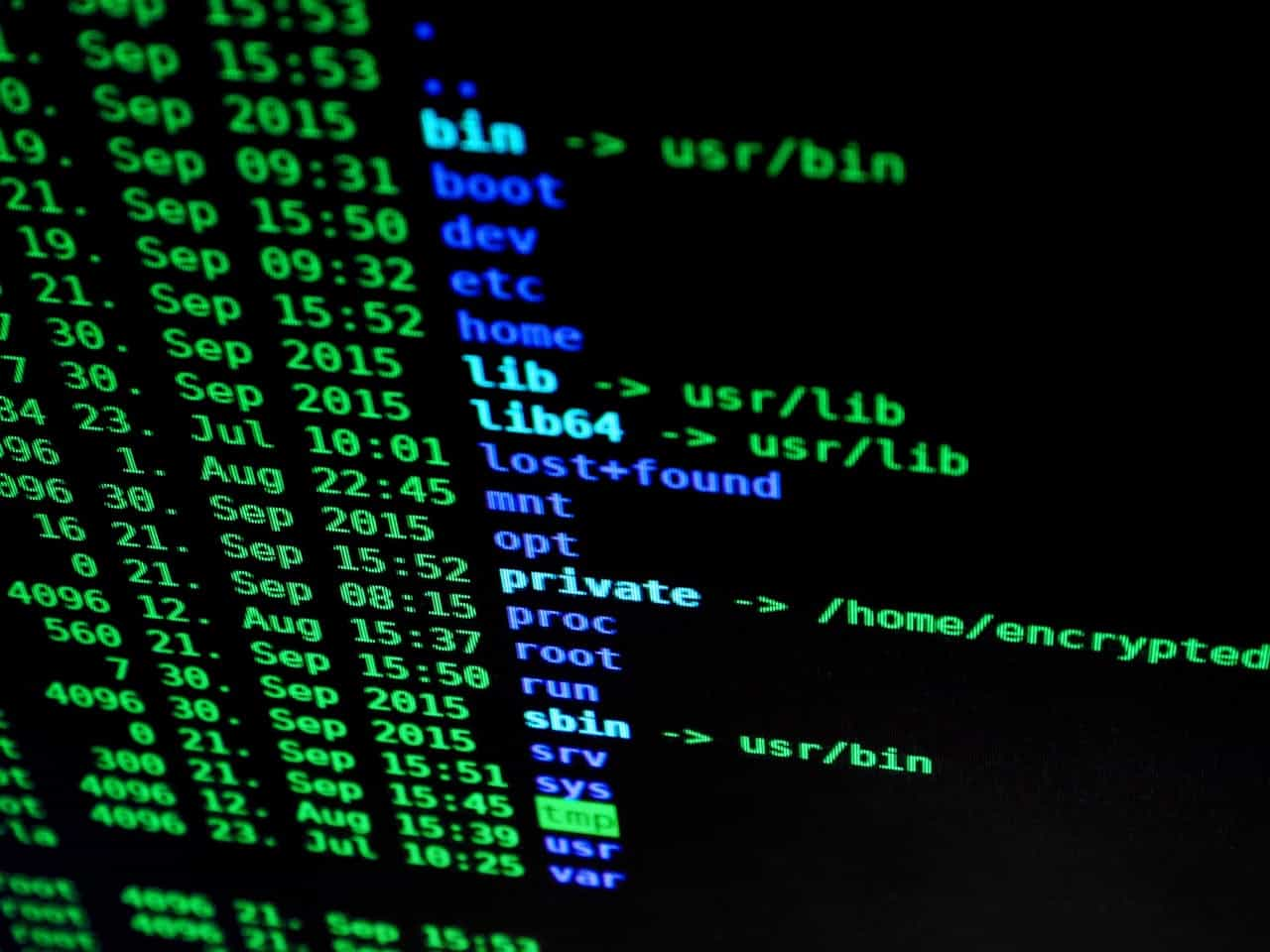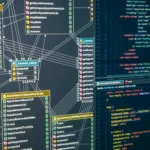Hey there! If you’re new to Linux, you might feel a little overwhelmed by the command line. But don’t worry—Linux commands are like superpowers once you get the hang of them! In this article, we’ll walk you through some of the most basic and essential Linux commands to help you get started. Let’s dive in!
Why Learn Linux Commands?
Linux is everywhere—it powers servers, smartphones, and even your smart TV! Knowing how to use the command line can help you:
- Navigate your system like a pro.
- Automate tasks and save time.
- Gain more control over your computer.
Ready to unlock your Linux superpowers? Let’s go!
pwd – Print Working Directory
Ever feel lost in your file system? The pwd command tells you exactly where you are.
$ pwd
/home/yourusernameThis shows the full path of your current directory. Handy, right?
ls – List Files and Directories
Want to see what’s in a folder? Use ls to list all the files and directories.
$ ls
Documents Downloads PicturesAdd -l for more details, or -a to show hidden files.
cd – Change Directory
Need to move around? Use cd to change directories.
$ cd DocumentsWant to go back to the previous directory? Use cd ...
mkdir – Make a Directory
Need to create a new folder? mkdir has got you covered.
$ mkdir MyNewFolderNow you’ve got a brand-new folder to organize your files!
touch – Create a File
Want to create an empty file? Use touch.
$ touch myfile.txtThis creates a new file called myfile.txt.
cp – Copy Files or Directories
Need to make a copy of a file? Use cp.
$ cp myfile.txt myfile_copy.txtYou can also copy entire directories by adding the -r flag.
mv – Move or Rename Files
Want to move a file or rename it? Use mv.
$ mv myfile.txt Documents/To rename a file, just “move” it to a new name:
$ mv oldname.txt newname.txtrm – Remove Files or Directories
Need to delete something? Use rm.
$ rm myfile.txtTo delete a directory and its contents, use rm -r. Be careful—this can’t be undone!
cat – View File Contents
Want to quickly see what’s inside a file? Use cat.
$ cat myfile.txt
Hello, Linux!It’s a simple way to peek at your files.
grep – Search Text
Need to find something in a file? grep is your friend.
$ grep "Linux" myfile.txt
Hello, Linux!This searches for the word “Linux” in myfile.txt.
chmod – Change File Permissions
Need to control who can read, write, or execute a file? Use chmod.
$ chmod 755 myfile.txtThis sets specific permissions for the file. (Don’t worry—you’ll learn what those numbers mean later!)
man – Manual Pages
Stuck or need more info? Use man to read the manual for any command.
$ man lsThis shows detailed instructions for the ls command.
The Bottom Line
Learning Linux commands might seem tricky at first, but with a little practice, you’ll be navigating the command line like a pro. Start with these basics, and soon you’ll unlock the full potential of Linux!
Got questions or need help? Drop a comment below—I’d love to hear from you!
Happy coding, and may your Linux journey be smooth and fun! 🚀







